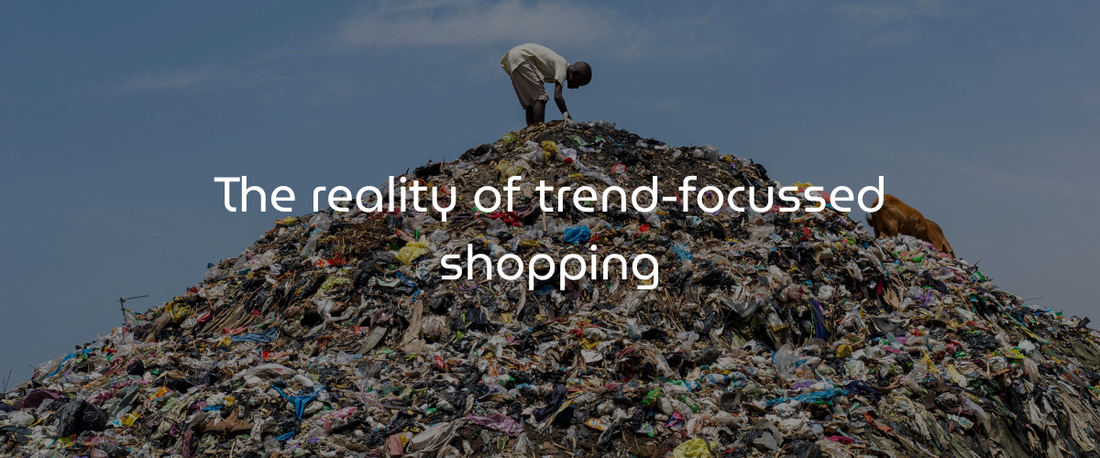
The significant increase in textile production in recent years has also led to a dramatic rise in waste generated during both production and post-production phases.
An estimated 92 million tons of clothing are discarded in landfills annually, a staggering figure considering that approximately 100 billion garments are produced each year. To put this into perspective, a garbage truck filled with clothing arrives at a landfill every second. The volume of discarded clothing today is unimaginable, a consequence of poor product quality, rapid turnover, and overproduction. An average
consumer in the United States disposes of roughly 37 kg of clothing each year. Items that can barely withstand more than five uses before deteriorating or fading dominate these textile waste sites.
A mixed-fibre garment, particularly one composed primarily of synthetic materials, can take over 200 years to decompose. Throughout this protracted decomposition process, harmful pollutants are released into the air, while dyes and chemicals leach into the soil, contributing to environmental degradation. The ramifications extend beyond immediate waste, impacting ecosystems and human health alike.
Only about 12% of clothing in large textile landfills is suitable for recycling, and a mere 1% is actually recycled into new garments. Fast fashion brands typically produce items made from a blend of materials, rendering them extremely challenging, if not impossible, to recycle. When a garment contains multiple materials, embellishments, constructions, resins, or finishes, the prospect of recycling becomes virtually unfeasible. For a textile item to be effectively deconstructed and repurposed—such as into new threads for another garment—it must be made of a single material, which is a rarity in today’s market, given consumer demands for varied textures and finishes.
Although various alternatives are emerging to replace synthetic chemicals and compositions to achieve these effects, this transition is still in its infancy. Innovations such as bio-based fabrics and natural dyes are beginning to make their way into the market, but widespread adoption remains a challenge.
Fast fashion companies are the principal culprits behind this crisis, churning out micro-collections weekly that create an overwhelming sense of urgency among consumers to purchase new products, often forgetting that they just acquired similar items the previous week while overlooking the significant amount already accumulated in their wardrobes, untouched and forgotten. This cycle perpetuates a throwaway culture that is detrimental not only to the environment but also to societal values regarding consumption and sustainability.
- Michelle
